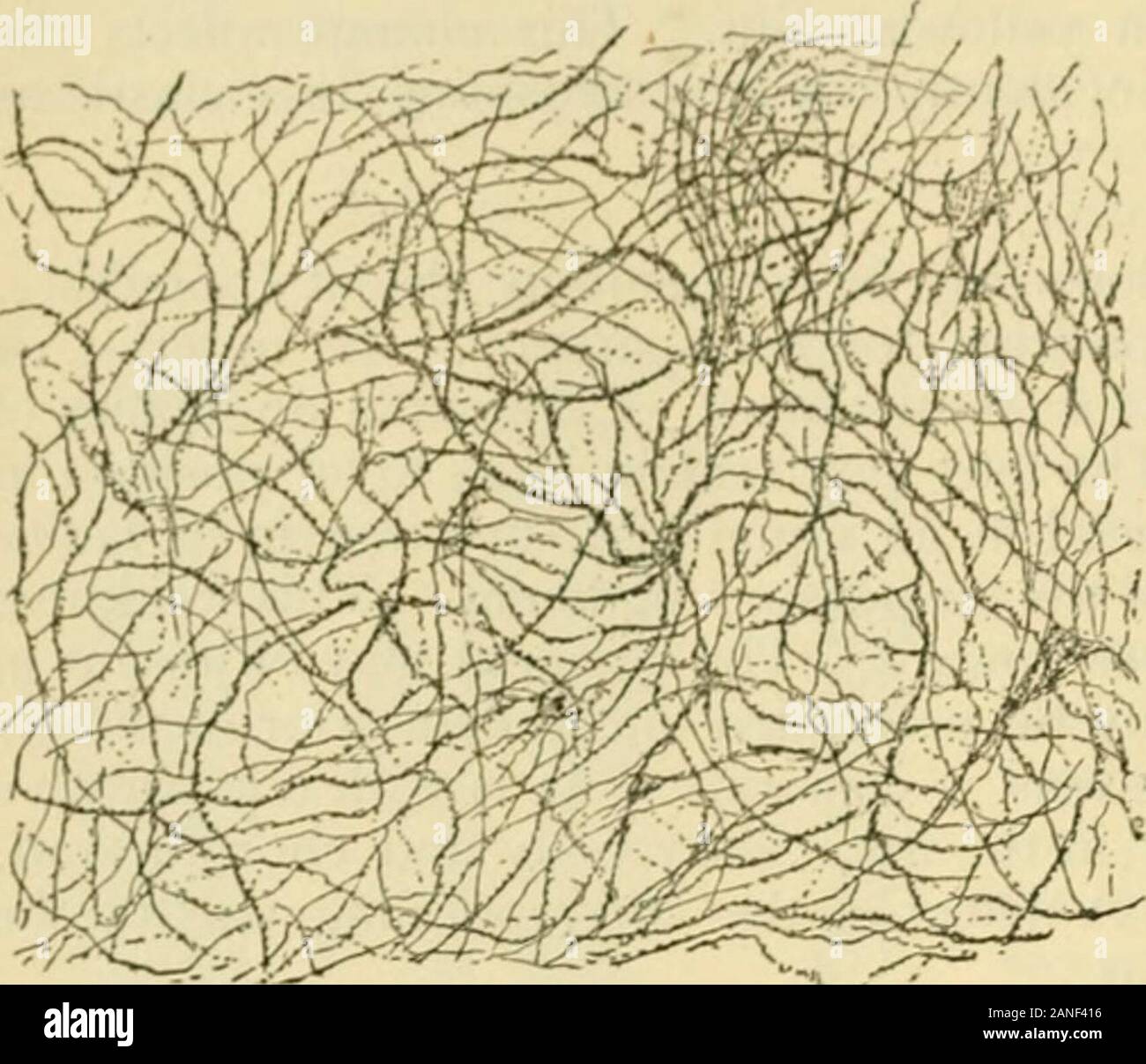Human anatomy, including structure and development and practical considerations . e at sometimepartial, and they are called according to their location, anterior polar or capsular,posterior polar or capsular, central or nuclear, lamellar, perinuclear and cortical.Cataract occurs sometimes in the young, and is then soft; that is, the lens has nonucleus. The Vitreous Body. The vitreous body (corpus vitreum) fills the space between the lens and theretina, being in close contact with the retina and acting as a support to it as farforward as the ora serrata. Here it becomes separated from the retin

Image details
Contributor:
The Reading Room / Alamy Stock PhotoImage ID:
2ANF416File size:
7.1 MB (319.6 KB Compressed download)Releases:
Model - no | Property - noDo I need a release?Dimensions:
1705 x 1465 px | 28.9 x 24.8 cm | 11.4 x 9.8 inches | 150dpiMore information:
This image is a public domain image, which means either that copyright has expired in the image or the copyright holder has waived their copyright. Alamy charges you a fee for access to the high resolution copy of the image.
This image could have imperfections as it’s either historical or reportage.
Human anatomy, including structure and development and practical considerations . e at sometimepartial, and they are called according to their location, anterior polar or capsular, posterior polar or capsular, central or nuclear, lamellar, perinuclear and cortical.Cataract occurs sometimes in the young, and is then soft; that is, the lens has nonucleus. The Vitreous Body. The vitreous body (corpus vitreum) fills the space between the lens and theretina, being in close contact with the retina and acting as a support to it as farforward as the ora serrata. Here it becomes separated from the retina and passes tothe posterior surface of the lens, presenting a shallow depression, the fossa hya-loidea or patellar fossa, on its anterior surface for the reception of the lens. Thefresh vitreous is a semifluid, perfectly transparent mass which consists of about 98.5per cent, of water. The structure of the vitreous has been a subject of protracted dispute, butrecent mvestigations have established beyond question that it possesses a framework, 93 474 IHMAX AXAT().M. Fig. 1232.. Portion of adult vitreous body, showing felt-work of fibresadd atrophic traces of cells. X 450. (/ielzius.) cc)ini)0.scd of delicate, a])i)arciuly iinl)raialiccl iibrils, wliicli pass in all directionsthrough the vitreous s|)ace and form the meshes in which the fluid ctMistituents ofthe mass are held. The surface of the vitreous is encltjsetl I)y a delicate boundarylayer, called the hyaloid membrane, formed by condensations of the fibrils, which are here arrani^ed parallel to the sin-face, and closely felted. It is, however, not a true membrane, but only a con-densation of the vitreous fibres. Thevitreous is attached firmly to the retinaat the nerve entrance and at the oraserrata, between these j;oints the hya-loid beintf indistinct. As the vitreousleaves the retina, the boundary layerbecomes thicker, in some cases to be-come thin attain or absent in the regionof the jwitellar fossa. The central part of t